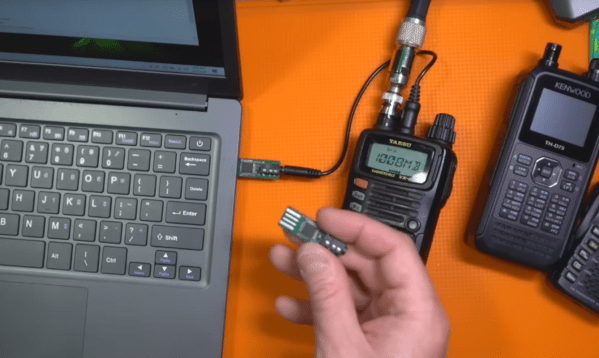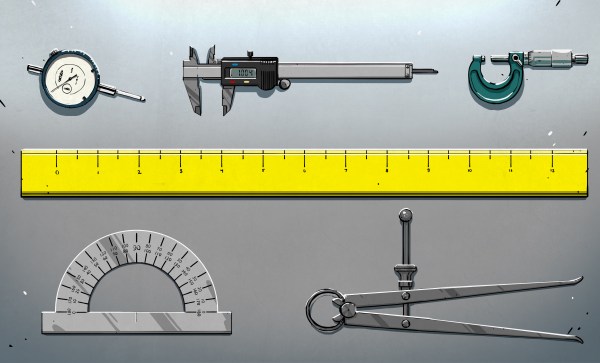[ZXGuesser] has pulled off a true feat of Meccano engineering: building a Meccano Hellschreiber machine. The design is a close replica of the original Siemens Feld-Hell machine as documented here. What is Hellschreiber, you might ask? It’s a very neat method of sending written messages over the air by synchronizing a printing wheel on the receiving end with pulses generated on the transmitter. By quickly moving the print wheel up and down, arbitrary figures can be printed out. If you want to learn more about Hellschreiber, check out this excellent Hackaday post from almost a decade ago!
The Mastodon thread linked above goes into more detail about the difficulty in building this behemoth — and the slight regret of sticking with the authentic QWERTZ keyboard layout! In order to use the Hellschreiber mode, you have to keep up a steady rhythm of typing at about 2.5 characters per second, otherwise, the receiving end will see randomly spaced gaps between each letter. So while having to type at a steady speed [ZXGuesser] also had to work with a slightly different keyboard layout. Despite this difficulty, some very good quality output was generated!
Incredibly, the output looks just like the output from the original, century-old design. We think this is an absolutely incredible accomplishment, and we hope [ZXGuesser] doesn’t follow through on disassembling this amazing replica — or if they do, we hope it’s documented well enough for others to try their hand at it!
Thanks [BB] for the tip!
















